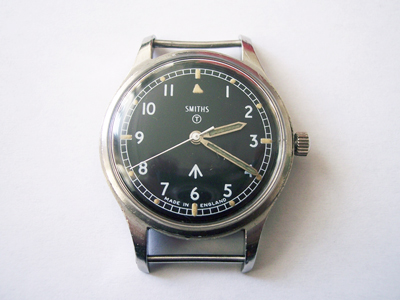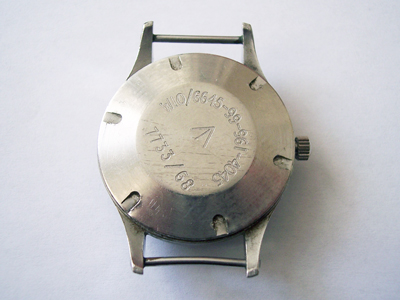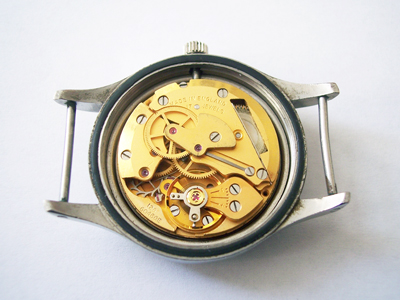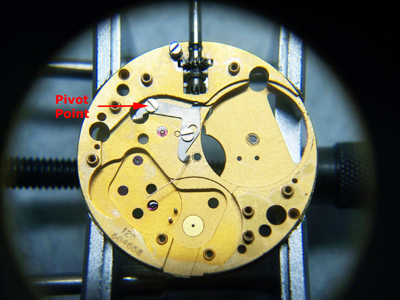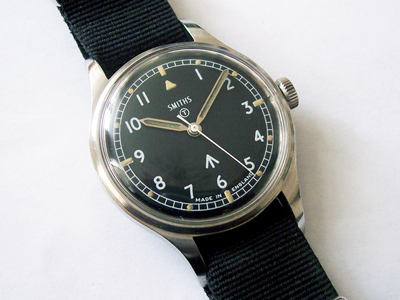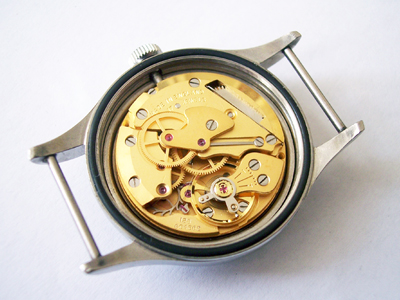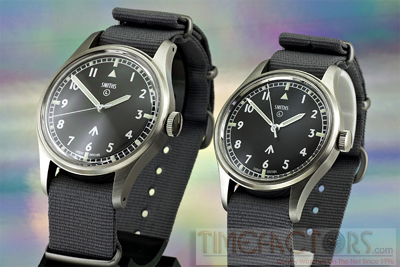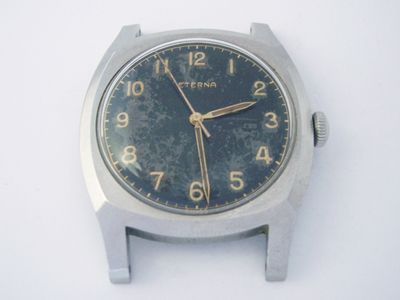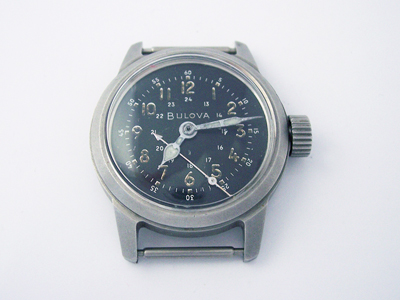Here is a watch that will be familiar to military watch enthusiasts, a Smiths W10.
(Click pictures to enlarge)
With roots going back to 1851, Smiths, or S. Smith & Sons (London) Ltd to give them their full title, are a well known and respected name in English watchmaking. Based in Cheltenham, Smiths were one of the few companies who manufactured every component for their products on-site, right down to the hairsprings.
Contracted to supply watches and aviation equipment to the British Military from the Second World War onwards, the W10 is one of their best known models, even though it was only issued to servicemen for four years (1967-70). The watch in this post was issued in 1968 as can be determined from the caseback markings.
The watch arrived in complete but non-running condition. Opening the caseback and removing the dust cover revealed a Smiths cal. 60466E, which has a few notable features; the plates and bridges have a frosted gilding, typical of English watchmaking, the centre second is an indirect design, powered by the large wheel on top of the movement, and the tear drop shape of the balance cock with its two securing screws is a nice touch.
A requirement of any military watch is a feature called “hacking seconds” which means that when the crown is pulled out to set the time, the second hand stops. This allows the watch to be synchronised with another timepiece. In the Smiths W10 this is implemented by a hack lever which sits under the train wheels.
The lever is spring loaded and pivots around the screw highlighted in the picture above. When the stem is pulled out the lever pivots around the screw under tension until the thin wire section comes into contact with and arrests the balance wheel. When the stem is pushed in, the spring pushes the lever back to its original position, lifting the wire from the balance wheel, and the watch restarts.
Here is the watch after a movement service, and a clean and polish for the case and crystal. Though the original lume in the hands may be discoloured, it was still intact and while it may not be at its best, originality is important to many collectors, so a decision was made not to renew it. Doing so may even detract from the value of the watch in some cases. (The sharp eyed may also have spotted that the crown was incorrect in the first picture so this too was replaced.)
If finding a vintage model in good condition proves difficult, Timefactors (who now own the Smiths brand name) have produced a homage to the W10 in two versions, both fitted with a modern manually wound ETA cal. 2801 movement. The PRS-29A is as close to the original as possible in terms of size and style, and the PRS-29B has a slightly larger case and a sapphire crystal. More pictures and details can be found at http://www.timefactors.com/smiths.htm.
Rich.
** Many thanks to Lee Curtis for letting me feature his watch on the blog. **

